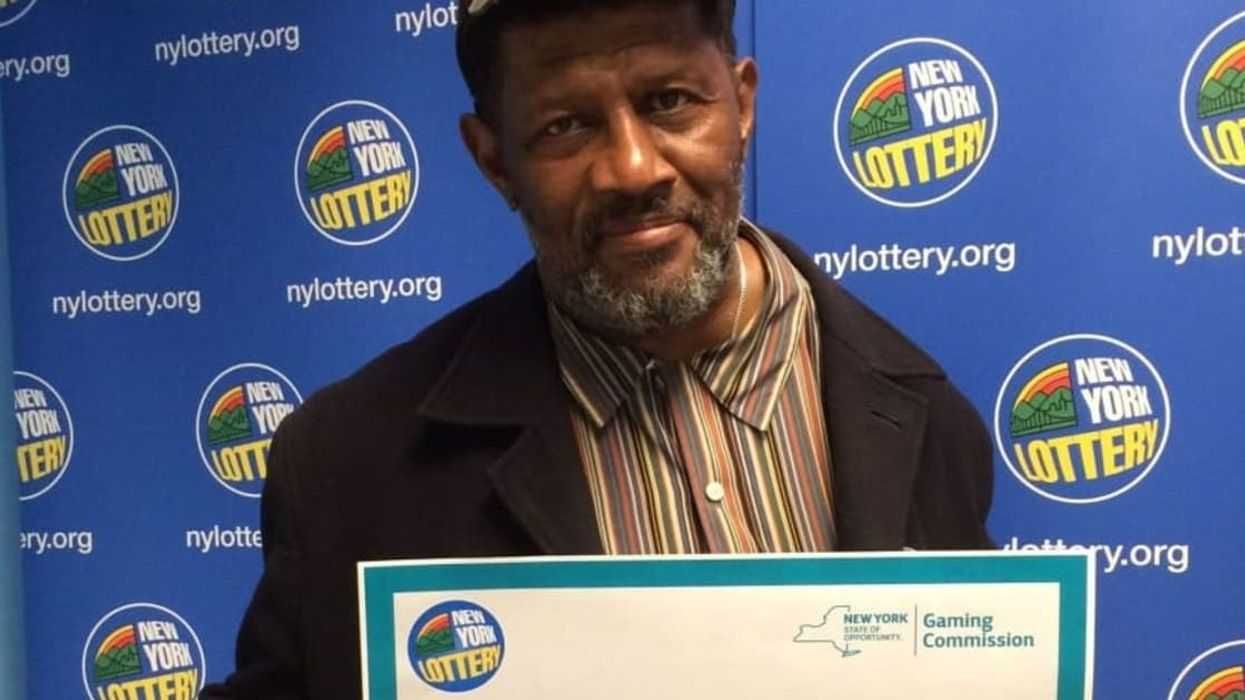In the fall of 2019, four young engineers moved to House No. 23 on a student street in Bristol. Since all of them worked full-time, their landlord didn’t allow pets in the house. Having grown up surrounded by animals, the four boys were a little disappointed, but then, they saw something. One day, when they had returned home from work, they noticed a gorgeous black canine staring at them from the window of a neighbor’s house. A bulb flashed in their heads, and one of the boys sat down on his desk to type a letter to their neighbor, asking them if they could walk their dog every once in a while, reported Buzzfeed News. Some time later, they received an envelope that contained an unexpected response, from the dog itself!

The four boys addressed the letter as “dear neighbor,” and related that they had moved into this house only a few months ago. “The other day, we noticed a four-legged friend looking at us out of the window when we arrived home from work. He/she seemed like the good-est boy/girl there is,” the boys wrote. The letter continued with their appeal to let them walk the dog. “If you ever need someone to walk him/her, we will gladly do so. If you ever get bored, we are more than happy to look after him/her.”

In the concluding paragraph, the boys described their reason for writing the letter, considering that their neighbor might take it too strongly. “We hope this doesn’t come too strong, but our landlord won’t allow pets, and we’ve all grown up with animals. The adult life is a struggle without one,” the letter read. They signed the letter “the boys from number 23.”
The boys were not expecting to receive a response from the dog owner, but they were swept off their feet when an envelope arrived at their door. The envelope was addressed to “The boys.” But when they flipped the envelope, they smelled good news. A sooty-colored paw was imprinted on the flap of the envelope. They opened the envelope and discovered that the letter was from the dog itself, even though it was written by its owner.
“Dearest boys,” the handwritten letter said. “What a treat it was to receive your letter! On the subject of treats, I like them a lot – big ones and meaty ones and cheesy ones,” the dog said. In the next paragraph, the dog gave its introduction. “I am two years and four months old. I am a Sheprador. I come from Cypress but Chris and Sarah rescued me from a cage in the doggy hotel.”
The doggo continued, “You’re right that I’m the best-est girl ever,” adding hilariously, “I love meeting new people and it would be great if we could be friends. I must warn you that the price of my friendship is five ball throws a day and belly scritches whenever I demand them.” The adorable canine, who signed herself as “Stevie Ticks,” concluded the letter by saying, “I’d love to hang out whenever you fancy. Give my servant Chris a WhatsApp and we can arrange a meetup. Looking forward to 'mlemming' you!” Mlem refers to the sound a canine makes when they lick someone.
“We were ecstatic at the response and couldn’t wait to walk her,” Jack McCrossan, who posted the story about the letter from Stevie on X, told Bored Panda.
A few days later, Stevie’s Instagram page popped up with a post showing the photograph of her enjoying a play date with the four boys. “Sneak peek of my first meeting with the boi's! 20/10 for scritches, did mlem, snacks given. 5/5 Uber rating, would meet again,” Stevie captioned the post.
Meanwhile, Jack’s post on X also went viral. He also posted an update sharing another photo of their play date with Stevie. Overwhelmed by how his post was doing rounds on social media, Jack told Buzzfeed News, "Surprised is an understatement. It's honestly felt very surreal seeing how popular the post has been and the thousands of positive responses from everyone!" Describing his date with Stevie, he said, "Meeting Stevie was great," and recalled, "She was definitely as energetic as described. We got to take her for a walk and she wouldn't stop running!"
When asked what prompted her to write a response letter to the boys, Sarah told Buzzfeed News, that she was so touched they had made the effort to reach out to their neighbor. "In a day and age where people don't really know or speak to their neighbors it was really nice for them to break down that barrier," she said.

Sarah also said that she was planning to invite the boys around for dinner and beers so they could hang out with Stevie on the turf. And it seems, they did. In January 2020, Jack posted another tweet writing, “Stevie joined us for a movie night yesterday, safe to say she was pretty excited.” He also shared some cheery photos of the velvety black canine. While the four boys enjoyed watching the movie with packets of Butterkist popcorn, Stevie was busy posing glamorously in front of the camera, apparently because, she likes “wasabi, butternut squash, sweet potato, olives, fig rolls, sardines, and courgette cores,” and not popcorn, as Sarah revealed to Bored Panda.




















 Ladder leads out of darkness.Photo credit
Ladder leads out of darkness.Photo credit  Woman's reflection in shadow.Photo credit
Woman's reflection in shadow.Photo credit  Young woman frazzled.Photo credit
Young woman frazzled.Photo credit 



Will your current friends still be with you after seven years?
Professor shares how many years a friendship must last before it'll become lifelong
Think of your best friend. How long have you known them? Growing up, children make friends and say they’ll be best friends forever. That’s where “BFF” came from, for crying out loud. But is the concept of the lifelong friend real? If so, how many years of friendship will have to bloom before a friendship goes the distance? Well, a Dutch study may have the answer to that last question.
Sociologist Gerald Mollenhorst and his team in the Netherlands did extensive research on friendships and made some interesting findings in his surveys and studies. Mollenhorst found that over half of your friendships will “shed” within seven years. However, the relationships that go past the seven-year mark tend to last. This led to the prevailing theory that most friendships lasting more than seven years would endure throughout a person’s lifetime.
In Mollenhorst’s findings, lifelong friendships seem to come down to one thing: reciprocal effort. The primary reason so many friendships form and fade within seven-year cycles has much to do with a person’s ages and life stages. A lot of people lose touch with elementary and high school friends because so many leave home to attend college. Work friends change when someone gets promoted or finds a better job in a different state. Some friends get married and have children, reducing one-on-one time together, and thus a friendship fades. It’s easy to lose friends, but naturally harder to keep them when you’re no longer in proximity.
Some people on Reddit even wonder if lifelong friendships are actually real or just a romanticized thought nowadays. However, older commenters showed that lifelong friendship is still possible:
“I met my friend on the first day of kindergarten. Maybe not the very first day, but within the first week. We were texting each other stupid memes just yesterday. This year we’ll both celebrate our 58th birthdays.”
“My oldest friend and I met when she was just 5 and I was 9. Next-door neighbors. We're now both over 60 and still talk weekly and visit at least twice a year.”
“I’m 55. I’ve just spent a weekend with friends I met 24 and 32 years ago respectively. I’m also still in touch with my penpal in the States. I was 15 when we started writing to each other.”
“My friends (3 of them) go back to my college days in my 20’s that I still talk to a minimum of once a week. I'm in my early 60s now.”
“We ebb and flow. Sometimes many years will pass as we go through different things and phases. Nobody gets buttsore if we aren’t in touch all the time. In our 50s we don’t try and argue or be petty like we did before. But I love them. I don’t need a weekly lunch to know that. I could make a call right now if I needed something. Same with them.”
Maintaining a friendship for life is never guaranteed, but there are ways, psychotherapists say, that can make a friendship last. It’s not easy, but for a friendship to last, both participants need to make room for patience and place greater weight on their similarities than on the differences that may develop over time. Along with that, it’s helpful to be tolerant of large distances and gaps of time between visits, too. It’s not easy, and it requires both people involved to be equally invested to keep the friendship alive and from becoming stagnant.
As tough as it sounds, it is still possible. You may be a fortunate person who can name several friends you’ve kept for over seven years or over seventy years. But if you’re not, every new friendship you make has the same chance and potential of being lifelong.